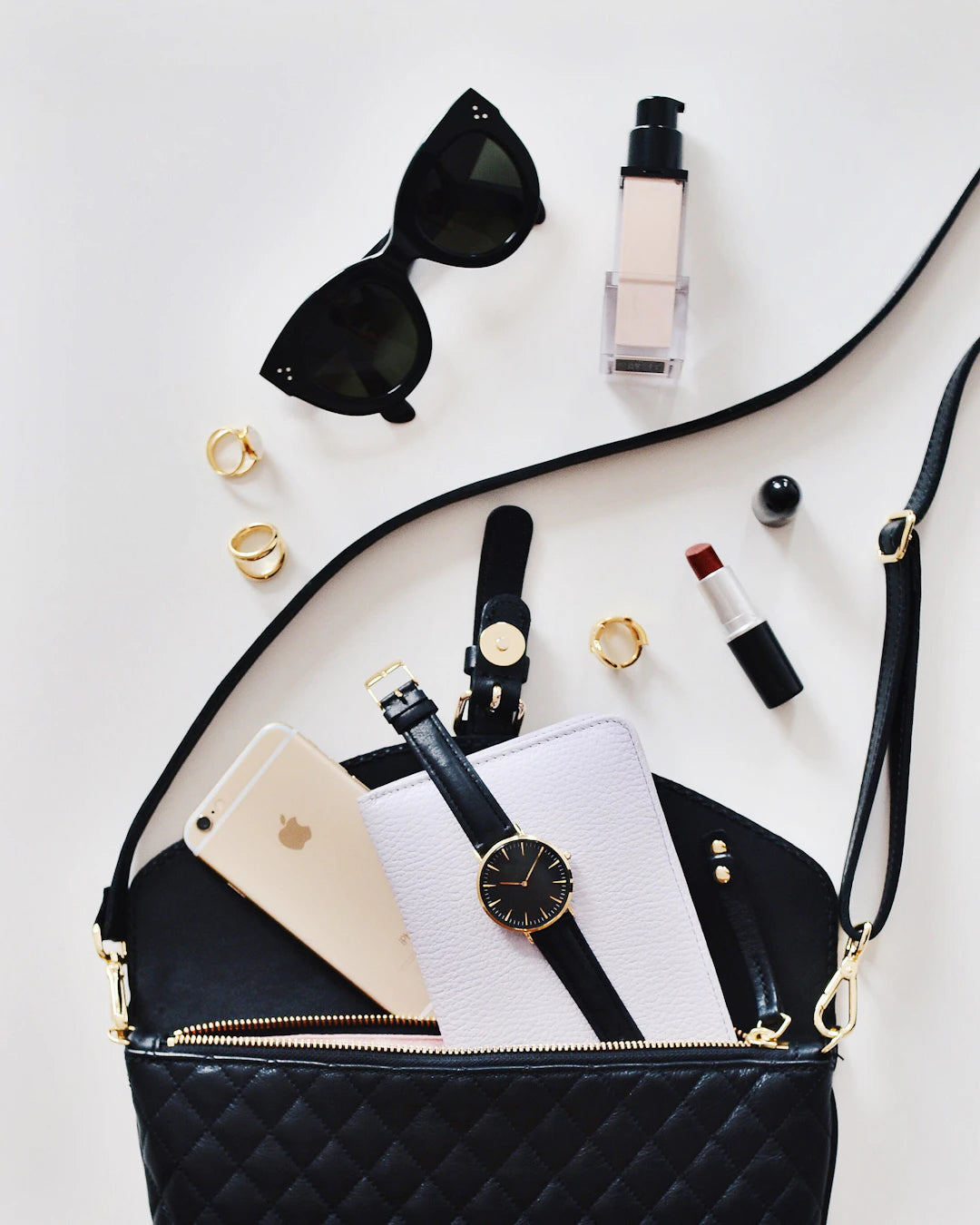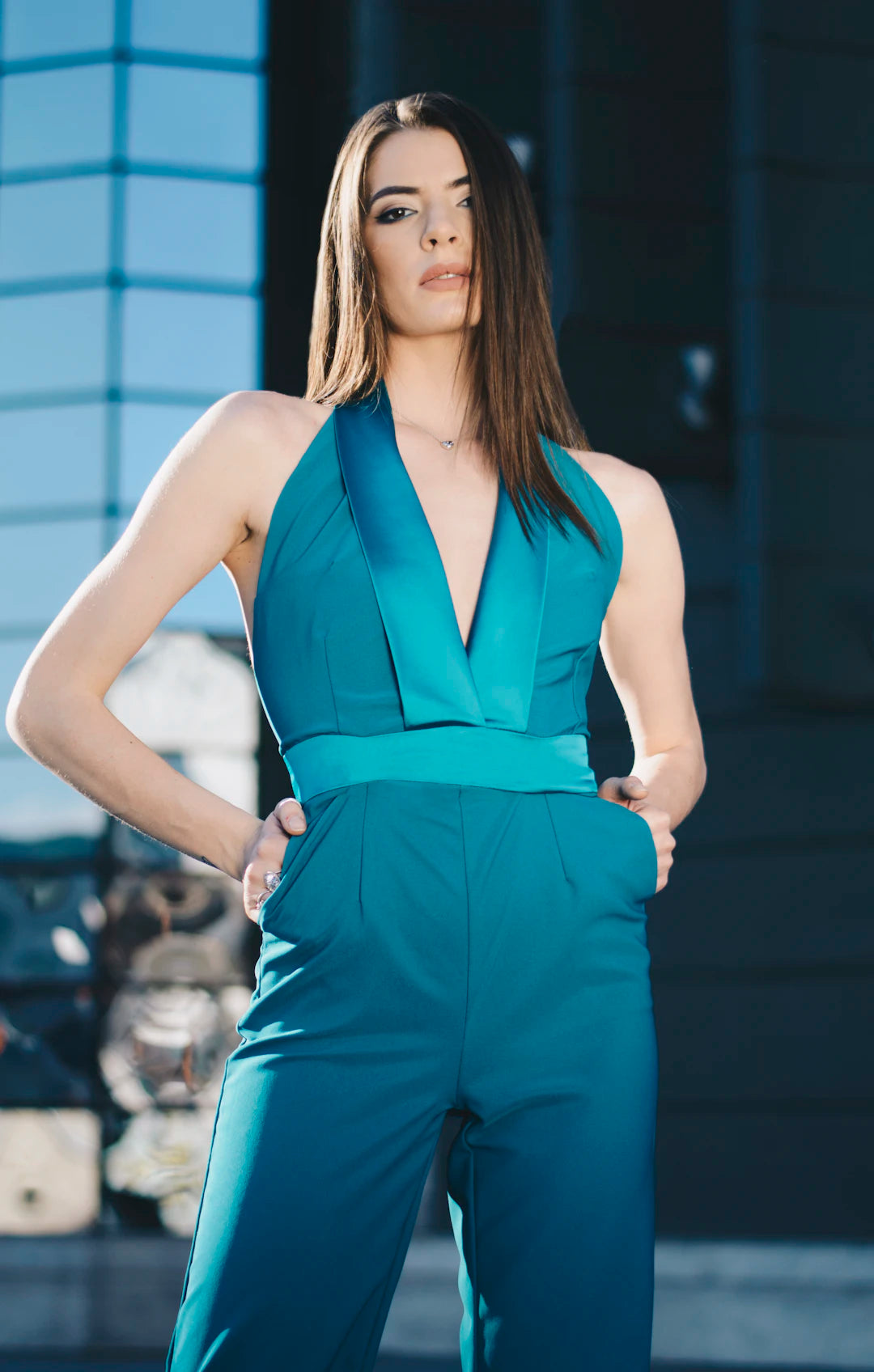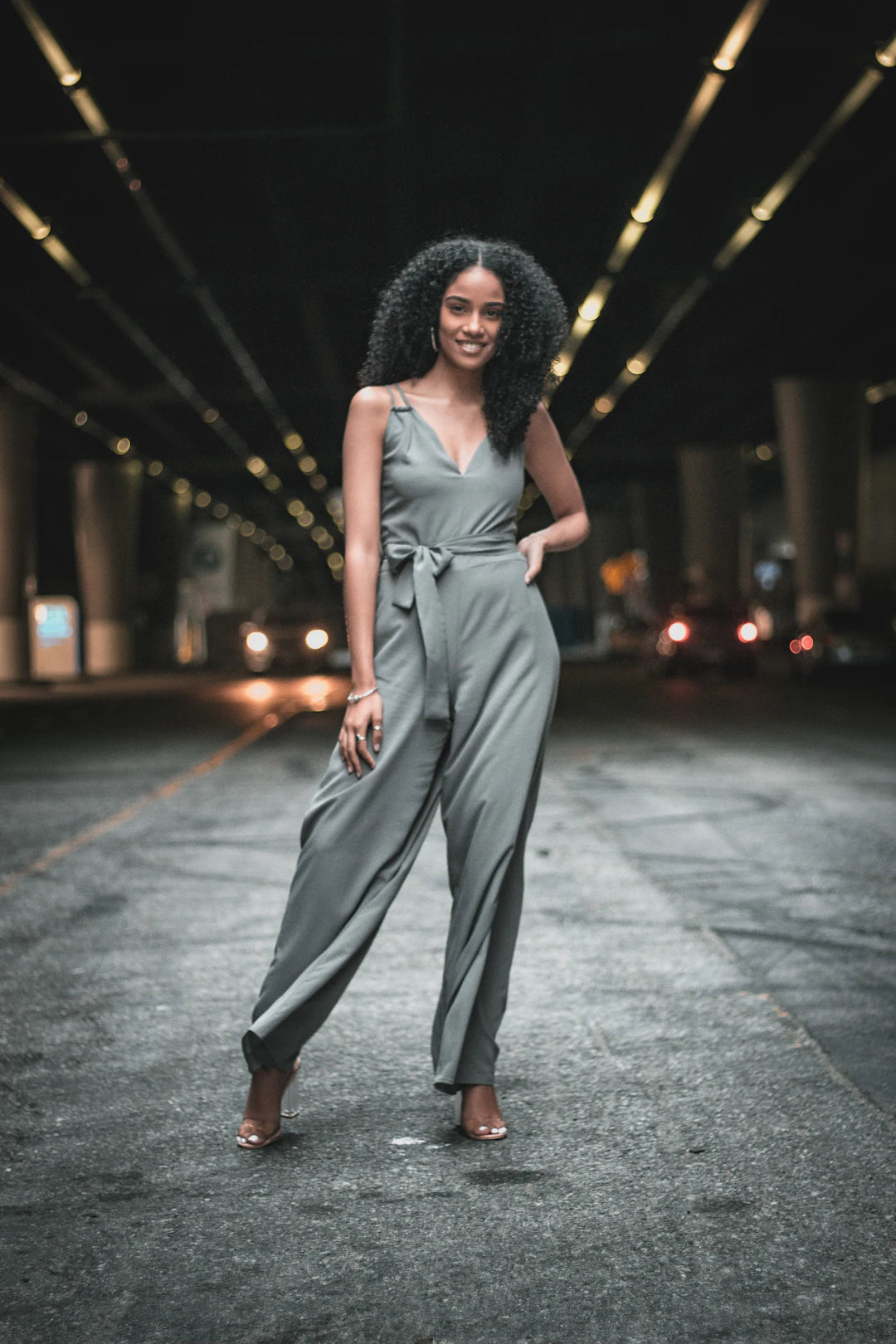Building a cohesive color palette in Procreate is essential for creating stunning digital artwork that captures the essence of your vision. Whether you're a fashion design student or a seasoned digital artist, understanding color theory and how to implement it can make a significant difference in the quality of your sketches. In this guide, we will explore effective techniques, practical tips, and essential tools to help you develop a color palette that speaks to your artistic style.
Understanding Color Theory Basics
Before diving into Procreate-specific techniques, it’s crucial to understand the basic principles of color theory. This knowledge serves as the foundation for creating a harmonious color palette.
The Color Wheel
The color wheel is a visual representation of colors arranged according to their chromatic relationship. It includes primary, secondary, and tertiary colors:
- Primary Colors: Red, blue, and yellow.
- Secondary Colors: Green, orange, and purple (created by mixing primary colors).
- Tertiary Colors: Six colors formed by mixing primary and secondary colors.
Understanding how these colors interact helps you create complementary, analogous, or triadic color schemes. This is particularly useful when working on fashion sketches where color plays a crucial role in runway presentations.
Creating a Color Palette in Procreate
Now that you have a grasp of the basics, let’s move on to practical steps for building a color palette in Procreate.
Step 1: Gather Inspiration
Start by collecting images that inspire you. Use platforms like Pinterest, Instagram, or your favorite fashion magazines. Look for themes or color combinations that catch your eye. Import these images into Procreate as reference layers to help you visualize while you work.
Step 2: Use Procreate's Color Picker
The Color Picker tool in Procreate allows you to select colors directly from your canvas or reference images. Here’s how to use it:
- Select the 'Colors' icon in the top right corner.
- Choose the 'Value' or 'Hue' section.
- Tap on your desired color from your reference image.
Save these colors to your Palette by tapping on the '+' icon in the palette area. This allows you to keep your go-to colors organized for easy access!
Step 3: Create Varied Tints and Shades
To enhance the depth and versatility of your palette, create tints (colors mixed with white) and shades (colors mixed with black). This practice is particularly beneficial for fashion sketches, where different lighting and materials may alter a color’s appearance.
- Tints: Lighten your base color by mixing it with white to create softer hues.
- Shades: Darken your base color by mixing it with black for a more intense depth.
Experimenting with tints and shades can result in a striking collection of harmonious colors useful in garment designs and accessories.
Utilizing the PRO Face Kit for Portrait and Fashion Illustrations
For artists who focus on fashion illustration, capturing facial features with the right colors can elevate your sketches. The PRO Face Kit is a fantastic resource for obtaining accurate skin tones, helping you maintain a cohesive color palette not only for clothing but also for skin and hair.
Skin Tone Selection
Using the PRO Face Kit, you can select a range of natural skin tones that can blend seamlessly with the colors in your selected outfit sketches. Applying principles of color theory, mix these tones with shades to create highlights and shadows appropriate for various lighting conditions.
This practice can be crucial when sketching mixed-race models or diverse looks, as it allows you to experiment with color harmony across different ethnic backgrounds.
Exploring Procreate Sketch Hacks
Improving sketch quality and boosting productivity in Procreate can be achieved through various hacks. Here are some that may surprise you!
Layering Techniques
Proper layering is essential in Procreate. By arranging your color layers strategically, you can easily adjust colors and details without affecting the whole piece. Here are some tips:
- Use Separate Layers: Keep your line work, colors, and backgrounds on different layers.
- Alpha Lock Layers: This allows you to paint only on the area of your sketch that's already been drawn, ensuring clean application of colors.
- Layer Masks: Use this function to refine shapes without permanently altering your artwork.
Custom Brushes for Special Effects
Procreate supports a variety of brushes, each with unique effects. Custom brushes can immensely improve your workflow by adding interesting textures and details to your design. For instance, employ a fabric brush to simulate textiles within your clothing sketches.
Case Studies in Fashion Sketching
Nothing beats real-world examples. Let's take a look at how professionals utilize cohesive color palettes in their fashion sketches.
Example 1: The Monochromatic Look
Monochromatic fashion sketches use varying shades of a single color to create a unified appearance. Designers like Alexander Wang often employ this technique to produce minimalist collections that focus on form and fabric. By experimenting with saturation and brightness, you'll create a modern aesthetic that can stand out in a fashion portfolio.
Example 2: Complementary Colors in Fashion
The use of complementary colors, such as blue against orange or red with green, can create an eye-catching contrast. This is frequently seen in red carpet designs. Artists should keep in mind the balance to avoid overwhelming the viewer while maintaining a dynamic visual interest.
Tips for Continuous Improvement
As you develop your skills in Procreate, keep these tips in mind to enhance your color palettes and sketch quality:
- Practice Regularly: The more you sketch, the better you’ll become at color selection. Experiment daily or weekly!
- Join Online Communities: Participate in forums and groups focused on Procreate and fashion illustration for feedback and inspiration.
- Stay Updated with Trends: Fashion and color trends change constantly. Stay informed about seasonal colors and styles that resonate with your audience.
A Palette for Every Project
In conclusion, designing a cohesive color palette in Procreate can significantly elevate your digital art, especially in the realm of fashion design. By understanding color theory, utilizing Procreate’s tools effectively, and applying insightful hacks, you can transform your sketches into vibrant representations of creative expression. Remember, the key is to keep experimenting and learning as you advance your skills and artistic vision!





Leave a comment
This site is protected by hCaptcha and the hCaptcha Privacy Policy and Terms of Service apply.